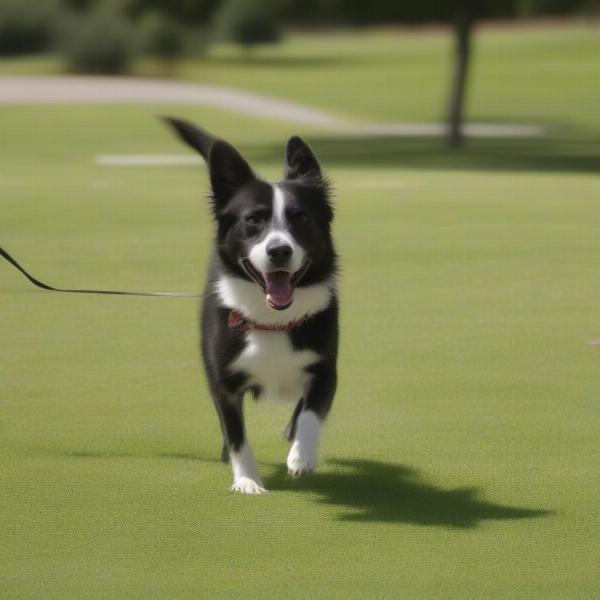Losing a toe can be a traumatic experience for both a dog and its owner. Whether due to an accident, infection, or a necessary medical procedure, an amputated dog toe requires special care and attention during the recovery period. This article will guide you through everything you need to know about caring for a dog with an amputated toe, from immediate first aid to long-term management.
Understanding the Causes of an Amputated Dog Toe
A dog may lose a toe for several reasons, including trauma (such as being caught in a door or stepped on), infections that haven’t responded to treatment, tumors, and frostbite. Sometimes, amputation is a necessary medical intervention to prevent the spread of disease or alleviate severe pain. Knowing the cause of the amputation can help you understand the specific needs of your dog during recovery.
Immediate Care After an Amputated Toe
If your dog’s toe is amputated due to a sudden injury, the first priority is to control the bleeding. Apply direct pressure to the wound using a clean cloth or gauze. If the bleeding is profuse, apply a tourniquet above the wound, but ensure it isn’t too tight. Rush your dog to the nearest veterinary clinic immediately. Once at the vet, the vet will assess the wound, clean it thoroughly, and likely perform surgery to close the wound and prevent infection. Pain management will also be a key component of the initial treatment.
Post-Operative Care and Recovery
After the amputation, your dog will need close monitoring and consistent care. Your veterinarian will provide specific instructions for wound care, which may involve changing bandages, cleaning the area, and applying topical medications. Pain medication will likely be prescribed to manage discomfort. It is crucial to restrict your dog’s activity during this time to prevent reopening the wound and allow for proper healing. This might mean crate rest, short leashed walks, and avoiding any strenuous activities.
Long-Term Management of an Amputated Dog Toe
Once the wound is healed, your dog can gradually return to normal activities. However, it’s essential to be mindful of potential long-term challenges. Your dog may experience some changes in gait and balance. Observe your dog for signs of discomfort or lameness, especially after exercise. Regular check-ups with your vet are recommended to monitor the healing process and address any potential complications.
How will my dog adapt to life with a missing toe?
Dogs are incredibly resilient and adapt surprisingly well to missing a toe. While there might be an initial adjustment period, most dogs regain their mobility and enjoy a good quality of life. You might need to make minor adjustments, such as providing ramps for accessing furniture or using a harness instead of a collar for walks, to accommodate your dog’s needs.
 Dog Walking on Grass After Toe Amputation
Dog Walking on Grass After Toe Amputation
Conclusion
Dealing with an amputated dog toe can be challenging, but with proper care and attention, your furry friend can recover well and enjoy a happy, active life. Follow your veterinarian’s instructions diligently, monitor your dog closely, and provide a supportive and loving environment. Remember that ILM Dog is here to support you every step of the way.
FAQ
- How long does it take for a dog’s amputated toe to heal? Healing time varies, typically taking several weeks to a few months.
- Will my dog be in pain after the amputation? Pain management is a crucial part of post-operative care. Your vet will prescribe appropriate medication.
- Can my dog still walk and run normally? Most dogs adapt well and can regain normal mobility.
- What are the signs of infection? Redness, swelling, discharge, and increased pain are signs of infection.
- How can I prevent my dog from licking the wound? A protective cone or Elizabethan collar can prevent licking.
- What should I do if the bandage comes off? Contact your veterinarian immediately for advice.
- Are there any long-term health concerns? While most dogs recover fully, some might experience occasional lameness or gait changes.
ILM Dog is your trusted partner in pet care, offering expert advice and resources on dog breeds, health, training, nutrition, grooming, and much more. We’re committed to providing practical, reliable information for dog owners worldwide, empowering you to provide the best possible care for your beloved companions. Contact us today for any pet-related queries! Email: [email protected], Phone: +44 20-3965-8624. Visit ILM Dog for more valuable insights and resources for dog owners.